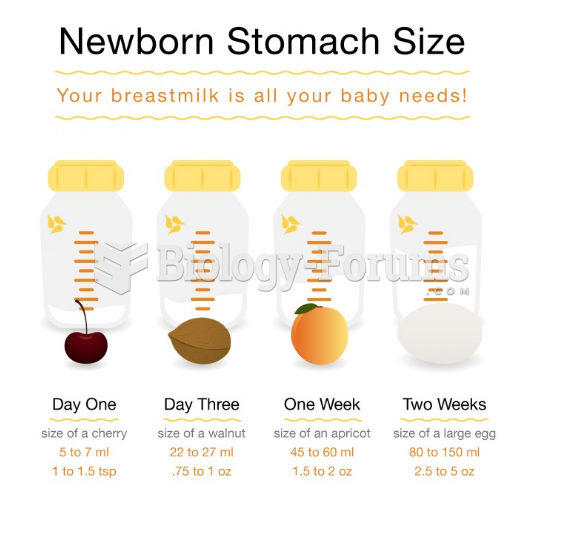Answer to Question 1
Answer: In many developed countries, geographers observe that ranking settlements from largest to smallest produces a regular pattern or hierarchy. This is the rank-size rule, in which the country's nth-largest settlement is 1/n the population of the largest settlement. A country's second-largest city is one-half the size of the largest, the fourth-largest city is one-fourth the size of the largest, and so on. When plotted on logarithmic paper, the rank-size distribution forms a fairly straight line. The distribution of settlements closely follows the rank-size rule in the United States and a handful of other countries. If the settlement hierarchy does not graph as a straight line, then the society does not have a rank-size distribution of settlements.
Several developed countries in Europe follow the rank-size distribution among smaller settlements but not among the largest ones. Instead, the largest settlement in these countries follows the primate city rule. According to the primate city rule, the largest settlement has more than twice as many people as the second ranking settlement. In this distribution, the country's largest city is called the primate city. The existence of a rank-size distribution of settlements is not merely a mathematical curiosity. It has a real impact on the quality of life for a country's inhabitants. A regular hierarchy, as in the United States, indicates that the society is sufficiently wealthy to justify the provision of goods and services to consumers throughout the country.
Conversely, the primate city distribution in a developing country indicates that there is not enough wealth in the society to pay for a full variety of services.
Answer to Question 2
Answer: The range of a service is the maximum distance people are willing to travel to use that service. The range is the radius of the circle drawn to delineate that service's market area. The market area of every service varies. To determine the extent of a market area, geographers need two pieces of information about a service, its range and its threshold.
People are willing to go only a short distance for everyday consumer services, like groceries and pharmacies. But they will travel a long distance for other services, such as a major league baseball game or a concert. Thus a convenience store has a small range, whereas a stadium has a large range. If firms at other locations compete by providing the service, the range must be modified. As a rule, people tend to go to the nearest available service: someone in the mood for a McDonald's hamburger is likely to go to the nearest McDonald's. Therefore, the range of a service must be determined from the radius of a circle that is irregularly shaped rather than perfectly round. The irregularly shaped circle takes in the territory for which the proposed site is closer than the competitors' sites.
The range must be modified further because most people think of distance in terms of time, rather than in terms of a linear measure like kilometers or miles. If you ask people how far they are willing to travel to a restaurant or a baseball game, they are more likely to answer in minutes or hours than in distance.







